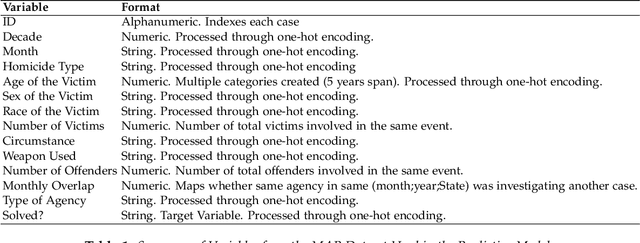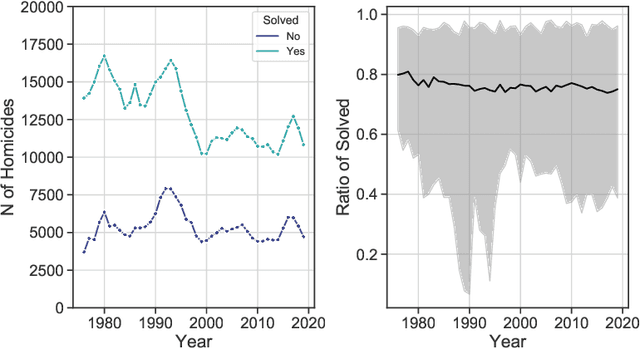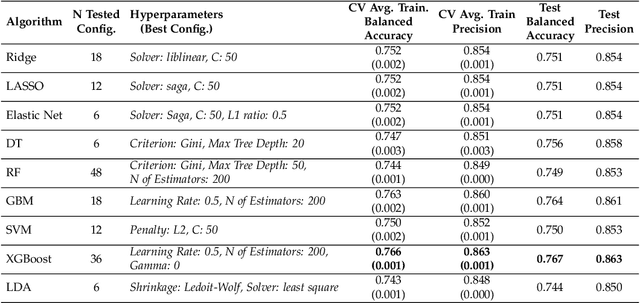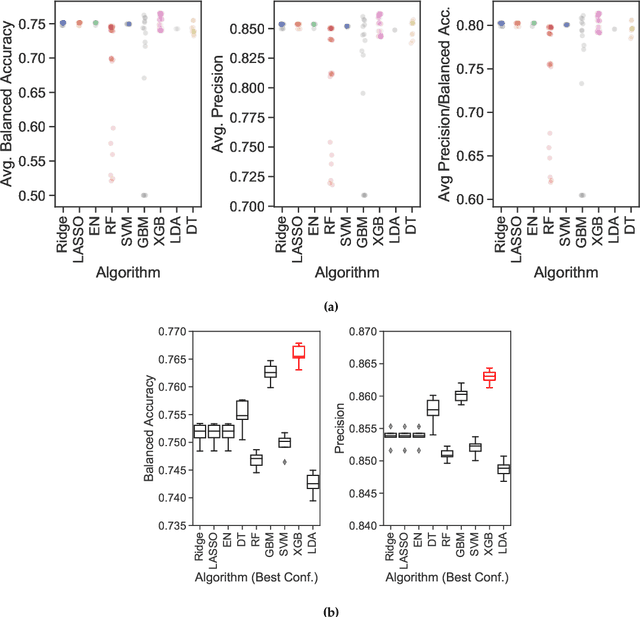Explainable Machine Learning for Predicting Homicide Clearance in the United States
Paper and Code
Mar 09, 2022



Purpose: To explore the potential of Explainable Machine Learning in the prediction and detection of drivers of cleared homicides at the national- and state-levels in the United States. Methods: First, nine algorithmic approaches are compared to assess the best performance in predicting cleared homicides country-wise, using data from the Murder Accountability Project. The most accurate algorithm among all (XGBoost) is then used for predicting clearance outcomes state-wise. Second, SHAP, a framework for Explainable Artificial Intelligence, is employed to capture the most important features in explaining clearance patterns both at the national and state levels. Results: At the national level, XGBoost demonstrates to achieve the best performance overall. Substantial predictive variability is detected state-wise. In terms of explainability, SHAP highlights the relevance of several features in consistently predicting investigation outcomes. These include homicide circumstances, weapons, victims' sex and race, as well as number of involved offenders and victims. Conclusions: Explainable Machine Learning demonstrates to be a helpful framework for predicting homicide clearance. SHAP outcomes suggest a more organic integration of the two theoretical perspectives emerged in the literature. Furthermore, jurisdictional heterogeneity highlights the importance of developing ad hoc state-level strategies to improve police performance in clearing homicides.
 Add to Chrome
Add to Chrome Add to Firefox
Add to Firefox Add to Edge
Add to Edge